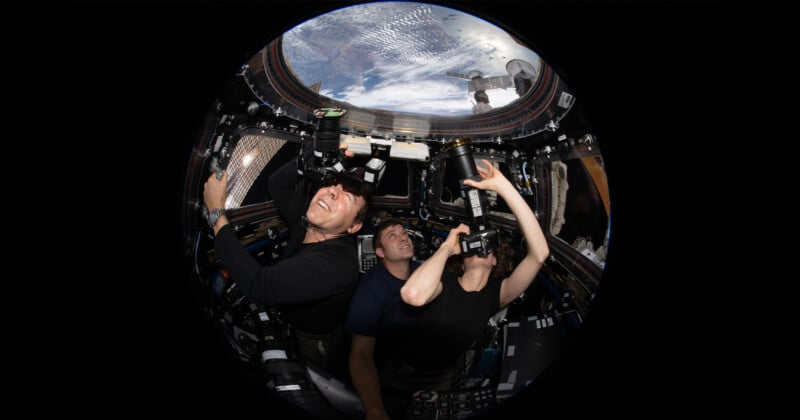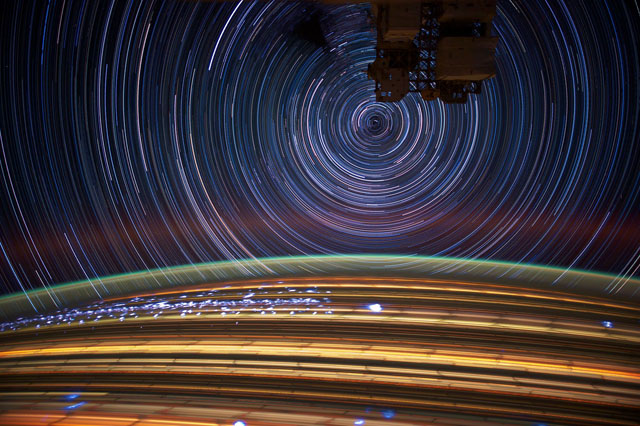
Yesterday, astronauts and photographers Don Pettit and Matthew Dominick held a fascinating discussion about taking pictures in space with the issue of weightlessness coming up during the talk.
It was held on NASA’s X page (formerly Twitter) on Spaces, a live audio conversation platform. This X Spaces came live from space because Dominick is currently living onboard the International Space Station (ISS).
— NASA (@NASA) July 24, 2024
About 12 minutes into the live stream, spaceflight photographer John Kraus asks: “What would be one thing that is easier in terms of photography in zero-G and one thing that is harder when it comes to either the technical operation of the camera or the art itself?”
Pettit says that “tracking with a 400mm to a 1200mm telephoto lens is a dream because they’re weightless and the math of the lens is actually to your advantage in terms of doing any kind of tracking, particularly if you’re looking at cities at night.”
However, he points to taking detailed, still photos of the Milky Way Galaxy and the stars beyond as something that is impossible to do from the ISS.
“One thing that is harder to do is time exposures to keep the stars pinpoint,” says Pettit. “Anything greater than a 1/4 of a second to a half a second [exposure].”
“This is because of the pitch rate of the station and it makes the stars trail instead of points. So if you want to have a long-time exposure you just can’t do that with the current station altitude,” he adds.

Later on in the live stream, Matthew comes back to the question (about 27 minutes in) and explains that he has cameras around the station “ready to go” at all times, set up with the correct shutter speed and flash.
“The thing about zero-G,” says Matthew. “You can quickly throw yourself into funny positions and get a really weird angle that you would normally have to get a ladder for.”
He gives one example where he wanted to get a photo of the crew from above and he simply floated up into the ceiling to get the shot he wanted.
“You can get into these funny little spots to get pictures up here… You can get to such cool angles so fast… It’s just so much fun that you can get to these weird angles inside the space station and get incredible photos.”
Matthew says the rest of the crew regularly find him in strange positions around the station taking photos.

Yesterday, PetaPixel featured Dominick’s unique self-portrait peering out of the SpaceX Dragon capsule with the Milky Way behind him.
Image credits: NASA.
